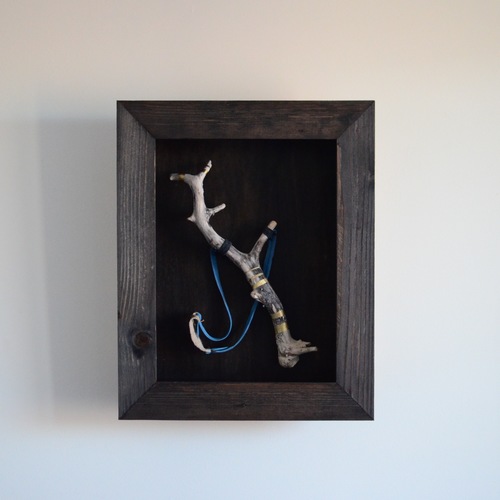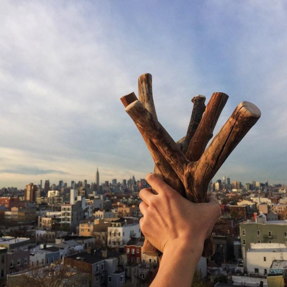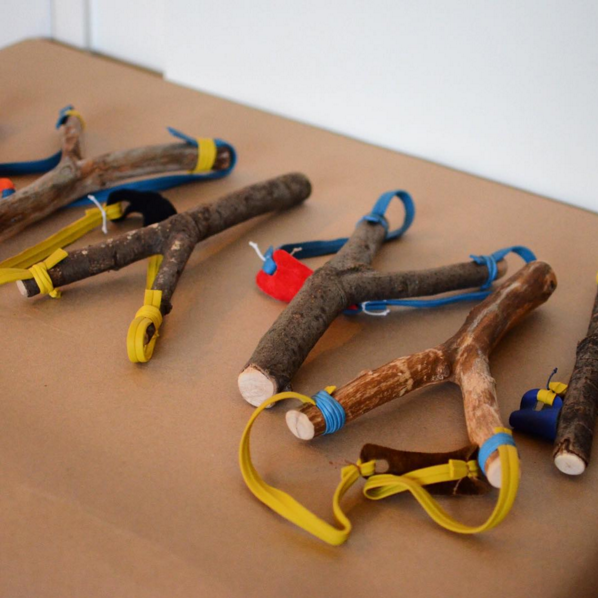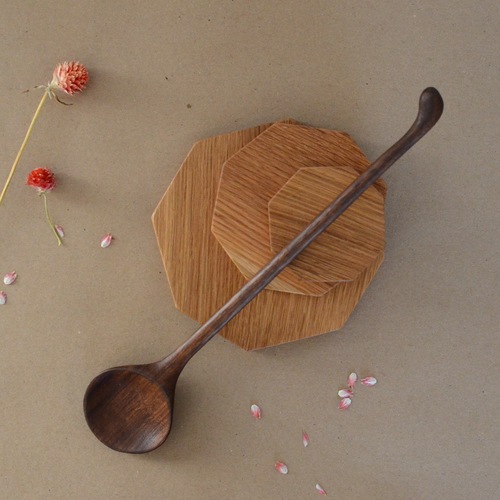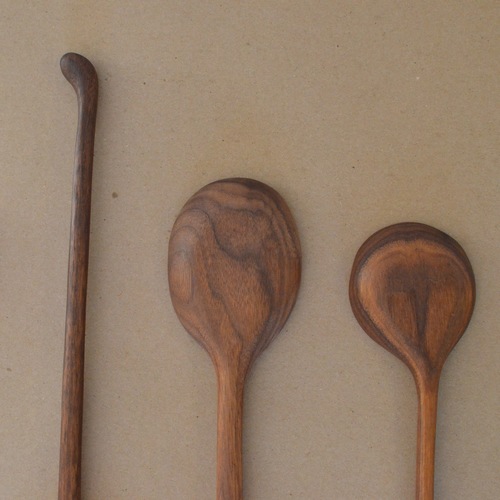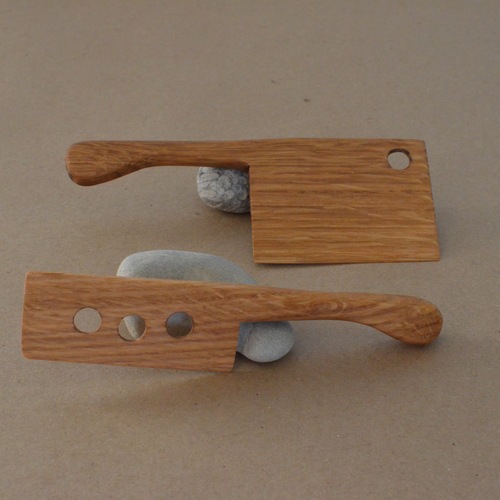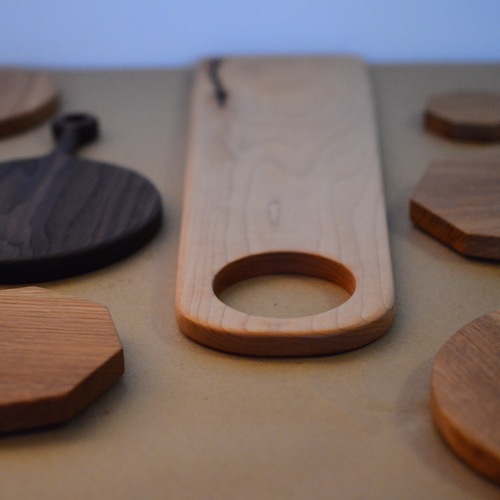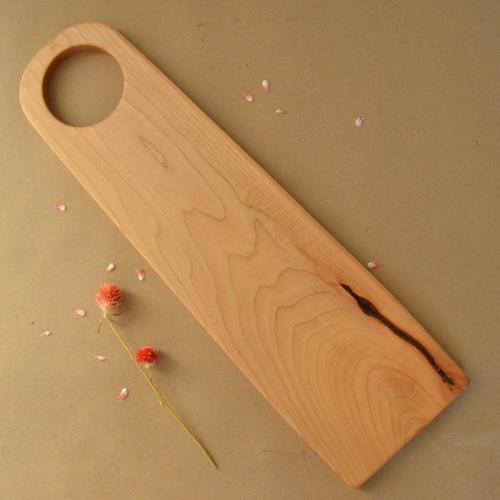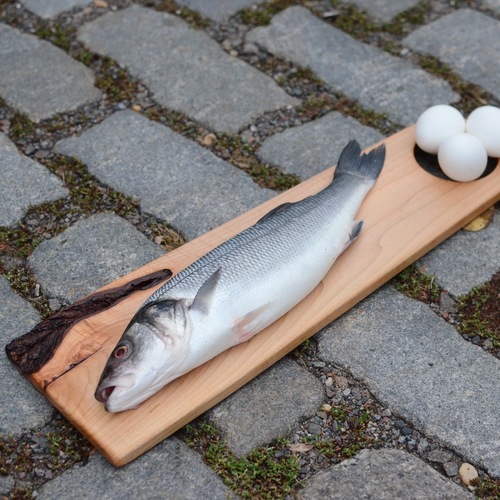Visit BROOKE WADE's gorgeous site to browse collections, learn about her process, and to snag the last few lovely things that aren't already sold out!
Are there any specific philosophies that are important to you or your work?
Yes. I believe that sustainability is a primary concern for our immediate future. In creating any business, I knew that promoting recycling, little-to-zero waste, and conscious consumption needed to be a foundational part. BROOKE WADE is a realization of that, a line of handmade wooden homewares crafted only from found, foraged, and reclaimed wood.
From a product standpoint, BROOKE WADE embodies investment in organic, waste-free materials, and the conscious choice to purchase one beautiful, expertly made thing and keep it for a lifetime of use. From a brand standpoint, I really want to celebrate authenticity, boldness, and urban life. Rather than promoting a false, escapist world of "simple" living in rustic, woodsy locales, the brand embraces the built-in sustainability of urban living—walking, cycling, riding the train, living in small spaces close to other people, choosing to have less.


